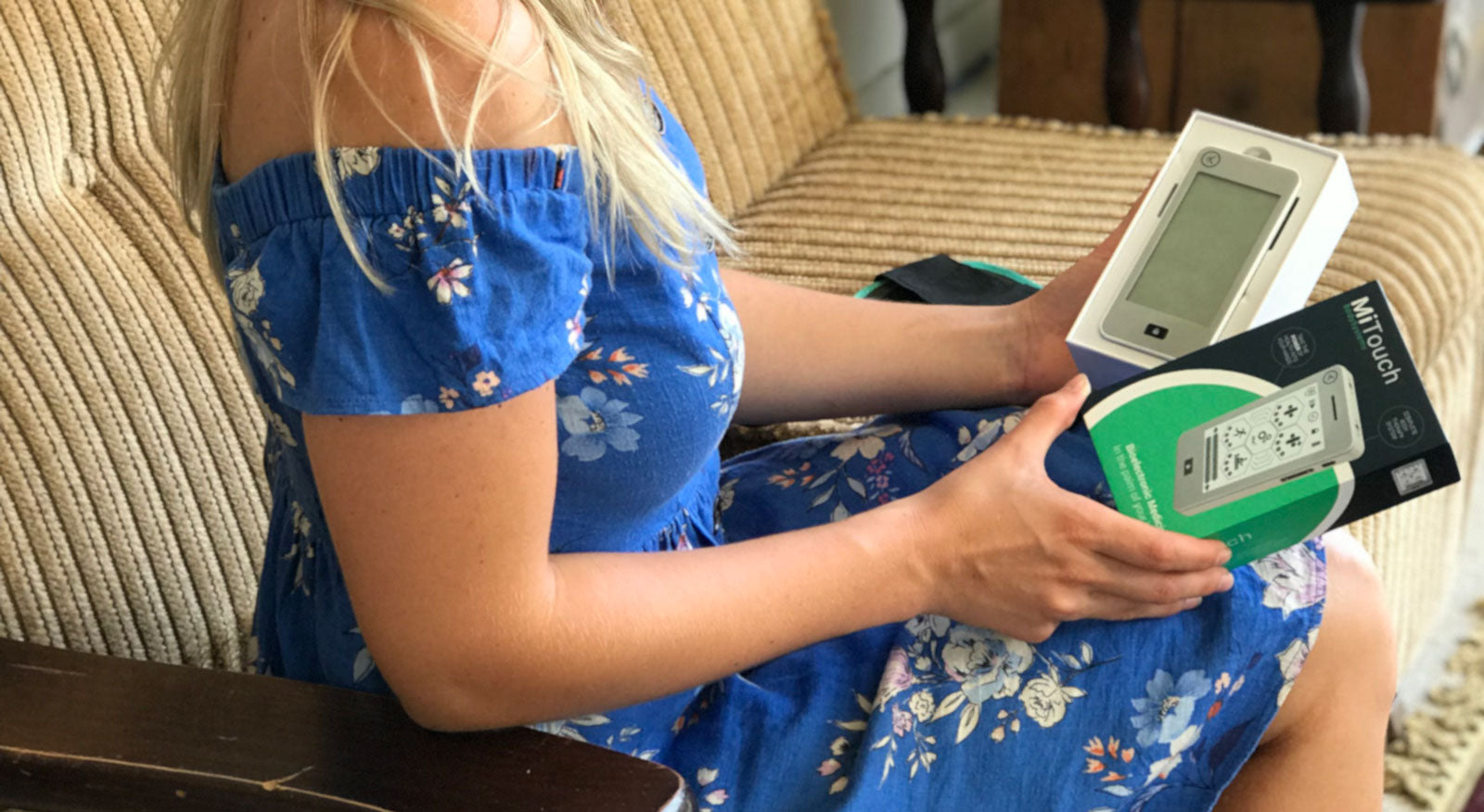Tennis elbow, also known as Lateral epicondylitis, describes an injury felt around the outer side of the elbow. It is related the overuse and subsequent micro-tears of the muscles and associated tendons in the forearm.
The first stage of this condition involves the development of inflammation that leads to the formation of granulation tissue and adhesions at the site of the tear.
The typical symptoms include tenderness and pain over the lateral region of the elbow joint and extending down the forearm. Additionally, there can be pain associated with the wrist and gripping motions, as well as decreased function and reduced grip strength.
Lateral epicondylitis is one of the most common overuse injuries in tennis, particularly in the recreational player.
In this population the overall incidence of tennis elbow has been reported to range from 35% to 51%. This condition is treated with various approaches, but often with limited results. There is evidence suggesting that tennis elbow symptoms may persist for over 1 year in up to 20% of people.

Microcurrent Stimulation For Treating Tennis Elbow
Electrical stimulation is a technique with different modalities involving the delivery of applied bioelectrical current. The application of such bioelectrical current has been shown to be effective in treating various conditions, including various types of pain, wound healing, and tissue repair.
Microcurrent Stimulation (MCS) is one of the electrical stimulation modalities and has been applied to treat lateral epicondylitis.
In a study, patients afflicted by lateral epicondylitis, were divided into two groups, group A and group B. Prior to the intervention patients of both groups were assessed for pain intensity, level of disability and grip strength. The assessment revealed that there was not significant difference between the two groups.
The standard exercise therapy was the same for both groups, but Group A received MCS treatment, which consisted of 30 minute daily sessions, whereas Group B received sham MCS (the MCS device was set to 0, so that no microcurrent was delivered).
All patients received two sessions per week for a six weeks period.
The results showed that after the intervention, in Group A pain and disability decreased significantly, while grip strength increased significantly. Furthermore, the results demonstrated that in Group B such improvements were significantly smaller compared with Group A.
These findings clearly demonstrate that MCS represents a viable and an effective tool in treating lateral epicondylitis.
In effect, the improvements in pain, disability and grip strength, caused by lateral epicondylitis, were significantly greater in the group of patients who received exercise therapy in conjunction with MCS, compared with the groups of patients who received exercise therapy and sham MCS. The presence of the sham MCS group strengthens the significance of the results, by eliminating any possible placebo effect, and therefore the improvements observed can only be attributed to MCS application.
In the light of these results, it would be highly desirable to incorporate NuroKor KorOS5 MCS application (MC2) within the standard care routine for lateral epicondylitis treatment.
In the light of these results, it would be highly desirable to incorporate NuroKor KorOS5 MCS application (MC2) within the standard care routine for lateral epicondylitis treatment. As this would be beneficial to patients afflicted by this condition, and is especially relevant to tennis players of all levels, as often they are afflicted by lateral epicondylitis. MCS has many advantages, as it is safe, non-invasive, non-pharmacological, almost side effects free, and can be easily self-administered using any of our devices with the correct treatment protocol.
MCS Protocol (Study Tarek) Equivalent Application
Frequency of KorOS5 MC2 app; Intensity preset @ 50 microamperes (µA); for 30 minutes each session, 2 sessions per week, for a six weeks period.
Electrode Placement
The lateral epicondyle was identified and a short line was drawn from it, extending distally to indicate the position of the common extensor tendon (the tendon attached to the outside if the elbow). The electrode pads are self-adhesive and 5cm x 5cm in size. One electrode was placed over the common extensor tendon (at the top of the forearm) and the other was placed proximal to the olecranon (at the bottom of the upper arm, just above the elbow joint).
Co author Rick Rowan
References
Barry N, McGuire J. Overuse syndrome in adult athletes. Rheum Dis Clin North Am 1996; 22:515–30.
Carley and Wainapel. Electrotherapy for acceleration of wound healing: low intensity direct current. Archives of Physical Medicine and Rehabilitation. 1985. vol. 66.
Carroll R. Tennis elbow: incidence in local league players. Br J Sports Med 1981;15:250–6.
Dailey DL, Rakel BA, Vance CG et al. Transcutaneous electrical nerve stimulation reduces pain, fatigue and hyperalgesia while restoring central inhibition in primary fibromyalgia. Pain. 2013. 154, 2554–2562.
De Smedt T, de Jong A, Van Leemput W, et al. Lateral epicondylitis in tennis: update on aetiology, biomechanics and treatment. Br J Sports Med 2007 41:816–19.
Ersek RA. Transcutaneous electrical neurostimulation: a new therapeutic modality for controlling pain. Clin. Orthop. Rel. Res. 1977. 12:314-24.
Gruchow HW, Pelletier D. An epidemiologic study of tennis elbow. Incidence, recurrence, and effectiveness of prevention strategies. Am J Sports Med 1979;7:234–8.
Kandemir U, Fu F, McMahon P. Elbow injuries. Curr Opin Rheumatol 2002;14:160–7.
Kulund D. Tennis injuries: prevention and treatment a review. Am J Sports Med 1979;7(4):
249–53.
Mercola JM and Kirsch DL. The basis for microcurrent electrical therapy in conventional medical practice. J advan med, 1995 92: 83-152.
Peters T, Baker C. Lateral epicondylitis. Clin Sports Med 2001;20(3):549–63.
Searle RD, Bennet Mi, Johnson MI, et al. Transcutaneous Electrical Nerve Stimulation (PNS) for Cancer Bone Pain. J Pain Symptom Manage. 2009. 37(3):424-8. doi: 10.1016/j.jpainsymman
Sharma H and Patel N. Effectiveness of TPNS versus Intermittent Cervical Traction in patients with cervical radiculopathy. Int J Physiother Res. 2014. 2(6):787-92. ISSN 2321-1822 DOI: 10.16965/ijpr.2014.693
Shiri, R. and Viikari-Juntura, E. Lateral and medial epicondylitis: role of occupational factors. Best Pract Res Clin Rheumatol, 2001; 25(1): 43-57.
Shiri R, Viikari-Juntura E, Varonen H, et al. Prevalence and determinants of lateral and medial epicondylitis: a population study. Am J Epidemiol 2006;164:1065–74.
Tarek A.A. Microcurrent Electrical Nerve Stimulation in Tennis Elbow. Bull. Fac. Ph. Th. Cairo Univ., 2001 Vol. 16, No. (2)




